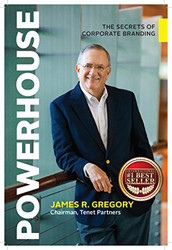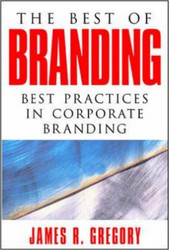You’ve invested time and resources into creating a clear and compelling brand. Now what? Even the best strategy will go to waste if your brand isn’t properly implemented and maintained. Consistency across all touch points reinforces and turns up the volume on your brand promise. Alignment in everything you say and do is essential in building awareness and nurturing positive impressions of your company. While the underlying strategy will shape your visual and verbal expression, it is your brand guidelines that ensure the integrity of your brand image. They are a critical tool in brand management. Yet many companies file them away in a drawer and never look at them again, jeopardizing their brand investment.
Here are five tips for getting the most out of your brand guidelines
1. Paint the full picture.
Your guidelines should begin with the full brand story to put the brand expression in context. Even if it only includes a brief overview of the strategy, it will help everyone working with the brand to develop a deeper familiarity. Knowing why the expression was built the way it was fosters understanding that will enable them to better promote the company.
2. Don’t forget the exceptions.
Every brand guidelines will come with a set of dos and don’t: how to use – and how not to use – all of the elements of the visual and verbal expression. The larger a company is the more likely there will be exceptions to some rules. Outlining the known exceptions to the rules will reinforce that there are a limited number of ways a brand can be altered.
3. Share with everyone.
Don’t limit the distribution to just the marketing or communications staff, everyone in the company and even some vendors/partners should be aware of the brand and its multiple verbal and visual components. Create the document as a PDF or online tool so it is easier to share. Not only does this save printing costs, but it also makes it easy for people to store on a computer desktop for quick reference when creating a document or determining the tone of an email or a proposal to a prospect.
4. Avoid insider jargon.
Guidelines should be written for designers and non-designers alike. Many professionals outside the creative realm aren’t as up to speed on design terminology or software applications used to create materials. But everyone should have a basic understanding of how all the components work together. Use references and language that can be universally understood by everyone who uses the guidelines.
5. Appoint the brand police.
All guidelines should include a contact person (or people) who is a resource and gatekeeper for all branded materials. This person can coordinate training and tutorials and answer quick questions. They should be given the authority make decisions when the guidelines may not cover a specific usage or scenario. They should also be empowered to identify off-brand items and remove them from circulation.


